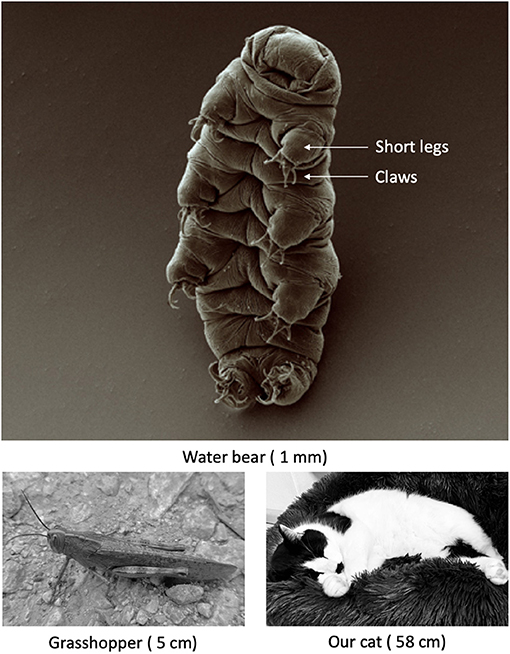When we think about life in space, we often imagine astronauts in protective suits or science fiction creatures. But the reality is far more fascinating: there are actual Earth creatures that can survive in the deadly vacuum of space without any protection whatsoever.
The harsh environment of space presents challenges that would instantly kill most life forms: no oxygen, extreme temperature fluctuations from -250°F to 250°F, deadly radiation, and the vacuum of space itself. Yet incredibly, some organisms not only survive these conditions but can actually thrive in them.
The Incredible Tardigrade: Nature's Ultimate Survivor

Tardigrades, also known as "water bears" or "moss piglets," are microscopic creatures that have earned the title of the toughest animals on Earth. These tiny organisms, measuring just 0.5mm in length, can survive conditions that would obliterate virtually any other form of life.
In 2007, European scientists conducted an extraordinary experiment by sending tardigrades into space aboard a Russian satellite. After 12 days of exposure to the vacuum of space, cosmic radiation, and extreme temperatures, many of the tardigrades not only survived but were able to reproduce normally upon their return to Earth.
Cockroaches: The Unlikely Space Survivors
While most people consider cockroaches to be unwelcome pests, these resilient insects have proven their worth as space travelers. Russian scientists have conducted multiple experiments sending cockroaches into space, with remarkable results.
In one notable experiment, cockroaches were sent to the International Space Station where they lived in microgravity for several months. Not only did they survive, but they actually became faster and stronger than their Earth-bound counterparts. Some even reproduced successfully in space, with their offspring showing enhanced abilities upon return to Earth.
"The cockroaches that spent time in space moved faster and were stronger than the control group on Earth. It's as if space travel made them into super-cockroaches."
Other Space-Hardy Creatures
Lichen
These symbiotic organisms have survived 18 months in space, enduring vacuum conditions and solar radiation.
Fruit Fly Larvae
Young fruit flies have shown remarkable resilience to space conditions and radiation exposure.
Bacteria
Certain bacterial species can survive in space for years, potentially seeding life on other planets.
The Science Behind Space Survival
How do these creatures manage to survive in conditions that would be instantly fatal to humans? The answer lies in several remarkable adaptations:
- Cryptobiosis: The ability to enter a state of suspended animation where metabolic processes virtually stop
- Radiation Resistance: Enhanced DNA repair mechanisms that can fix damage from cosmic radiation
- Pressure Tolerance: Cellular structures that can withstand extreme pressure changes
- Temperature Adaptation: Proteins and cellular components that remain stable across extreme temperature ranges
Implications for Space Exploration
The discovery of these space-hardy organisms has profound implications for our understanding of life and space exploration:
Astrobiology Research
If Earth life can survive in space, it raises the possibility that life could travel between planets, a theory known as panspermia.
Space Colonization
Understanding these survival mechanisms could help us develop better life support systems for long-term space missions.
Extremophile Applications
These organisms could be used in biotechnology applications, from cleaning up pollution to producing materials in harsh environments.
Planetary Protection
We must consider how Earth organisms might contaminate other worlds during space exploration missions.
The Final Frontier Isn't So Final After All
The existence of animals that can survive in outer space challenges our preconceptions about the limits of life. These remarkable creatures remind us that life is far more resilient and adaptable than we ever imagined.
From microscopic tardigrades to common cockroaches, these space survivors are rewriting the rules of biology and opening new possibilities for life beyond Earth. As we continue to explore the cosmos, we may discover that life is not as rare or fragile as we once believed – and that some of the toughest space travelers have been right here on Earth all along.
